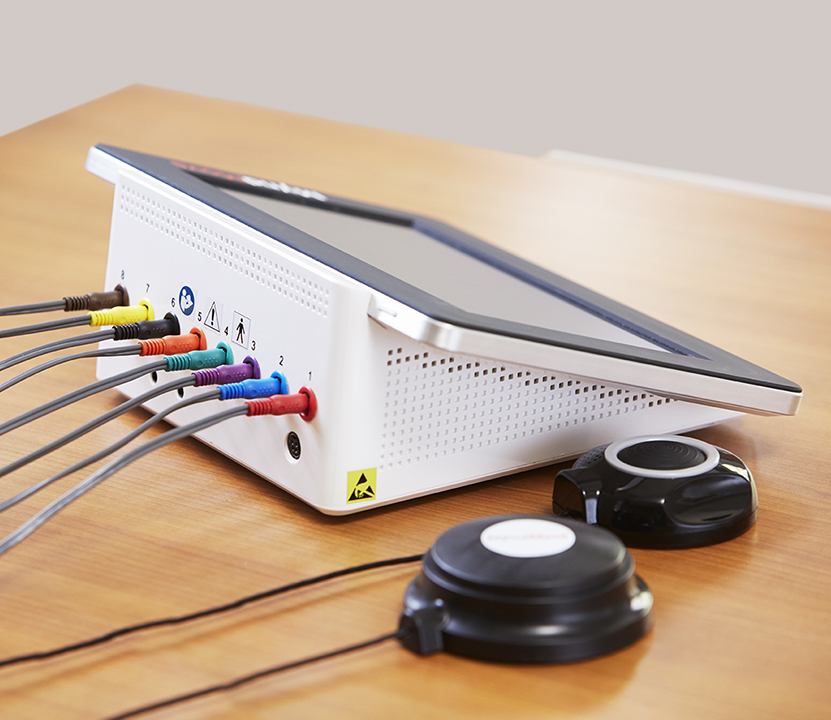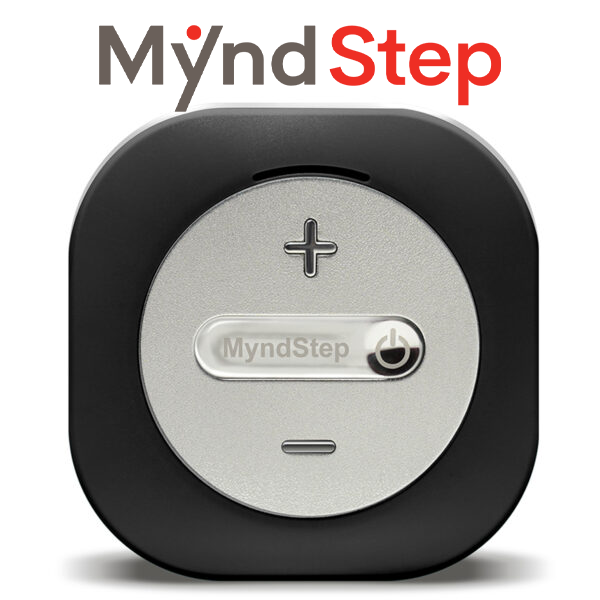Spinal Cord Injury
A spinal cord injury (SCI) is damage to the spinal cord that results in a loss of function, such as mobility and/or feeling. The spinal cord does not have to be severed for a loss of function to occur. In fact, in most people with spinal cord injury, the cord is intact, but the damage to it results in loss of function. An estimated 291,000 people in the United States and 86,000 Canadians are living with spinal cord injury (SCI). There are approximately 17,700 new SCIs every year, most of which are caused by automobile accidents and falls. About 78% of new SCI cases are male, and the average age for SCI cases is 43.
Spinal cord injuries can be divided into complete and incomplete injury:
- A complete injury means there is no function below the level of the injury – no sensation and no voluntary movement.
- An incomplete injury means there is some function below the primary level of injury. A person with an incomplete injury may be able to move one limb more than another, may be able to feel parts of the body that cannot be moved, or may have more functioning on one side of the body than the other.
There are four types of spinal cord injury: cervical, thoracic, lumbar and sacral.
The spinal cord is surrounded by rings of bone called vertebra. These bones constitute the spinal column (back bones). In general, the higher in the spinal column the injury occurs, the more dysfunction a person will experience. The vertebra are named according to their location. The seven vertebra in the neck are called the cervical vertebra. The top vertebra is called C-1, the next is C-2, etc. Cervical spinal cord injuries usually cause loss of function in the arms and legs, resulting in quadriplegia.
The 12 vertebra in the chest are called the thoracic vertebra. The first thoracic vertebra, T-1, is the vertebra where the top rib attaches. Injuries in the thoracic region usually affect the chest and the legs, resulting in paraplegia. The vertebra in the lower back between the thoracic vertebra, where the ribs attach, and the pelvis (hip bone), are the lumbar vertebra. The sacral vertebra run from the pelvis to the end of the spinal column. Injuries to the five lumbar vertebra (L-1 thru L-5) and similarly to the five sacral vertebra (S-1 thru S-5) generally result in some loss of function in the hips and legs
Stroke is a leading cause of adult long term disability in North America. The majority of current physical and occupational therapy treatment options for individuals with hemiparesis or upper limb paralysis show some benefit for motor recovery, however current therapy modalities are most effective for individuals with mild paresis. These same challenges exist when treating individuals living with spinal cord injury. There is a need for more effective solution for rehabilitation techniques for individuals with moderate to severe hemiplegia and paralysis.
MyndMove™ is an innovative, non-invasive functional electrical stimulation (FES) based neurorehabilitation therapy that helps individuals with upper limb paralysis gain movement and function of their arm, hand and fingers after a neurological injury such as stroke or spinal cord injury.

Clinician Brochure

Talk to your physician or therapist about the benefits of MyndMove™ therapy. A Clinician Brochure can assist with your conversation.
Contact Us to receive Clinician Brochure PDF








